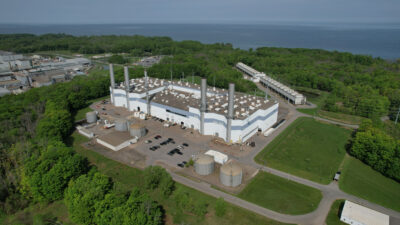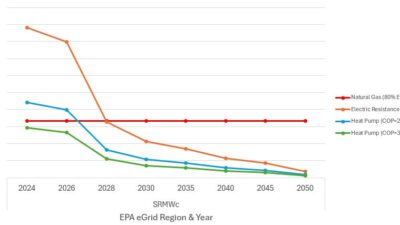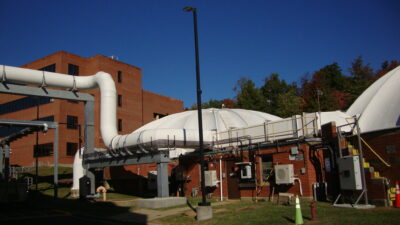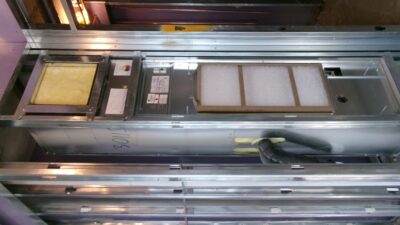According to this study, there are both challenges and solutions when converting hotel rooms to hospitals
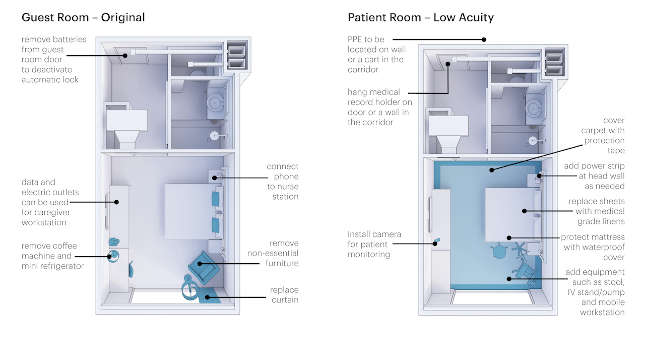
A concept study was published by HKS Architects in March 2020 titled COVID-19 Conversions: Hotels to Hospitals. With a similar configuration to many hospitals and with the reduced demand for hotel rooms, hotels have been considered to be a viable option as an alternate care site for health care providers. In fact, the Center for Health Design created a website tool that attempted to link health care organizations with hotels that were available for use as an alternate care site.
The HKS study advised that using a hotel as an alternate care site is not appropriate for certain populations including pediatric and geriatric patients, patients requiring a ventilator or relying on machine-assisted breathing or those that require monitoring due to risk of progression to a severe condition. The study identified space use scenarios that could be employed during a public health emergency. Certain challenges and potential solutions were identified in the study.
The study indicated that converting a hotel to an alternate care site creates obstacles to efficient and effective delivery of care. However, a hotel may be an acceptable solution in public health emergency situations that are expected to be short-term and without a transmissible element (e.g., extreme heat or cold conditions). Features already in a typical guest room (TV, telephone, Wi-Fi) can be useful in a health care environment as well.
Challenges:
- Hotel beds are not optimal for health care use.
- Individual room heating, ventilation and air conditioning units may not have the necessary outside air changes for health care occupancies, particularly during an event such as the COVID-19 pandemic.
- Infection control within the room must be addressed (e.g., surfaces)
- Corridor widths, door openings and elevators may not be sized to accommodate needed care equipment.
- Hotel rooms may not have adequate clearances to support patient monitoring equipment.
Solutions:
- Hotel mattresses can be fully covered with a waterproof protective wrap.
- Increase air exchange rates, upgrade HVAC cleaning protocols and install high-efficiency particulate air filters.
- Carpets can be removed or a “carpet protection tape” can be used to create a barrier between the carpet and the patient.
- Limit occupancy to ambulatory, low-acuity patients. Nonambulatory patients should be routed to the nearest hospital.
- Remove all extraneous hotel items to increase clearances around the bed.
